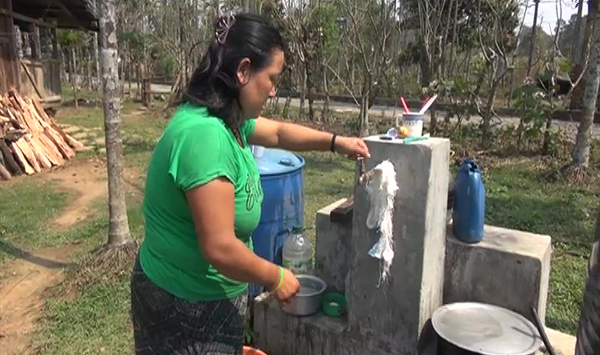 Thirty eight-year-old Sonam Wangmo, a resident of Yoeseltse Gewog is Samtse, begins her day by worrying over drinking water. On a lucky day, she would wake up to find water flowing from the tap.
Thirty eight-year-old Sonam Wangmo, a resident of Yoeseltse Gewog is Samtse, begins her day by worrying over drinking water. On a lucky day, she would wake up to find water flowing from the tap.
But such days are rare. More often than not, the taps run bone dry and Sonam Wangmo and family have to resort to drinking stored water.
“We are left without water for weeks and months sometimes, so we store water in the tanks,” she said.
Sometimes, the stored water they drink is three months old. It’s putting their health at risk, but there is no other option.
“Though we fear of catching diseases, there are no other alternatives. There is a stream nearby where we do all our washing, but even that stream is not entirely safe. It’s polluted by people living upstream.”
Sonam’s situation mirrors the daily water struggles of others in the water scarce gewog. The shortage is particularly acute in the Tsakaling village.
Every household has bought a water storage tank. The water stored in these tanks is shared among the families and their cattle.
Some farmers have also started harvesting rain water for drinking.
The water shortage sometimes leads to conflict in the villages. “We sometimes end up fighting with the person who takes care of the storage tank at the source,” Sonam Wangmo said.
In the past, around a decade ago, the villagers grew vegetables for sale. Now, they do not even have water to grow vegetables for own consumption.
“The climatic condition here is favorable for farming but because of the water shortage, nothing grows well,” she added.
However, if what the gewog authorities said is anything to go by, it may not be long before the water shortage is solved.
Gewog officials said a new connection pipe has just been installed from the source to the main storage tank. This is expected to help provide uninterrupted water supply soon.
The officials added the landscape of the settlements impeded efforts to provide continuous water supply to individual households so far.







